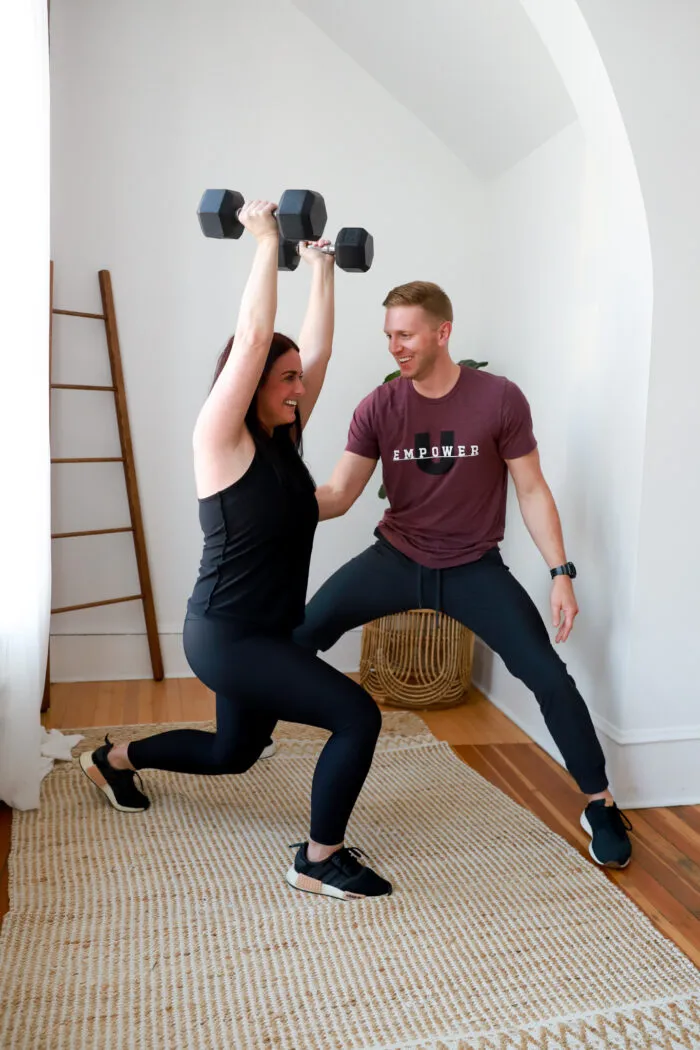Cold weather and limited daylight hours don’t just make winter feel longer – they can actually have a significant effect on our mood and ability to complete day to day activities. Seasonal Affective Disorder or SAD is the medical term for the “winter blues” or “seasonal depression” and affects many people across the country, especially those living in colder climates and northern latitudes. There are many benefits of exercise and this can play into the winter blues.
SAD is a clinical form of depression, marked by imbalances in two key substances in our bodies: serotonin and melatonin. Serotonin is a neurotransmitter specifically linked to regulating mood, and can be underactive in our bodies during the winter months due to the lack of sunlight exposure. Melatonin, a commonly known hormone that affects sleep, is naturally produced in our bodies in response to darker environments. With more hours of darkness during the day, a naturally higher amount of circulating melatonin can lead to increased fatigue and feelings of sleepiness.
SAD is more commonly seen in women and thought to be more prominent in the younger (<40yr old) population. It is often undiagnosed thanks to symptoms being overlooked due to their commonality. Individuals experiencing symptoms of SAD most commonly report:
- Depressed mood/sadness
- Irritability
- Lack of energy
- Increased sleepiness during regular day
- Difficulty concentrating
- Withdrawal from social activities
- Increased appetite (especially for carbs/sugar)
So what can we do? For many of us, taking extended monthly vacations to warmer climates throughout the winter is not a feasible option. Luckily, regular exercise is shown to be one of the most effective treatments to combat these winter blues, and can help to improve symptoms of SAD in as little as one week!
Studies conducted on exercise management of SAD point to a consistent exercise routine that includes aerobic training, with recommendations of as little as 20 minutes per day helping improve both mood and energy levels (Drew, Hanson, Huo 2021). If running is your jam, it’s a great option to get those mood-boosting effects; however, aerobic exercise does not have to be limited to the treadmill. Other examples include:
- Strength circuits
- Jumping rope
- Kickboxing
- Dancing
- Cycling
- Walking
In addition, social support for physical activity such as from a gym or your community network shows even higher effectiveness for protecting against ALL types of depressive symptoms and helping adhere to a consistent routine. Empower U offers a variety of resources to help you get moving, and we are always available if you are unsure of how to start!
Source:
Elaine M. Drew, Bridget L. Hanson & Kevin Huo (2021) Seasonal affective disorder and engagement in physical activities among adults in Alaska, International Journal of Circumpolar Health, 80:1, DOI: 10.1080/22423982.2021.1906058


